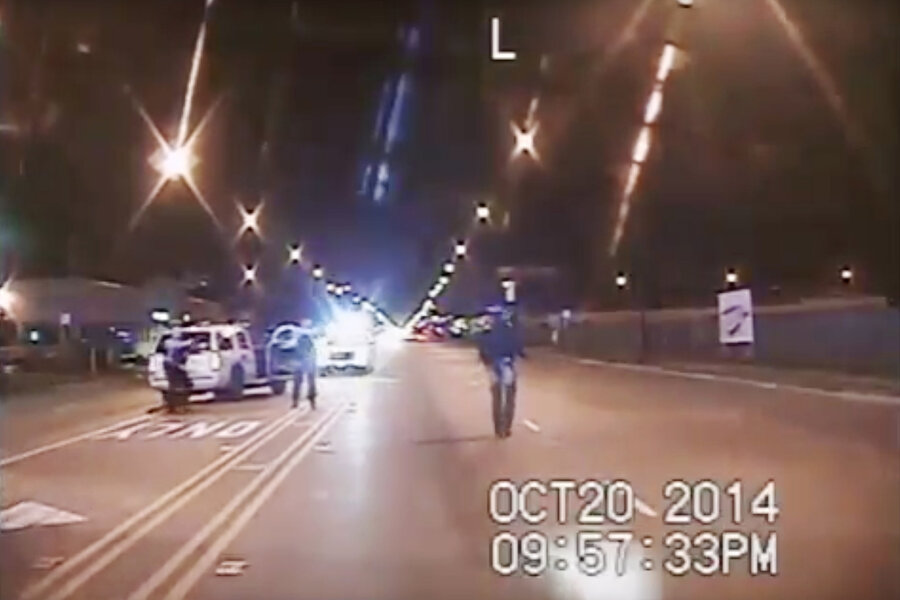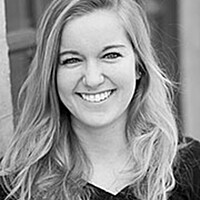Chicago Police Department: A pattern of covering up officer shootings?
Loading...
Did the Chicago Police Department try to cover up the 2014 shooting of black teenager Laquan McDonald?
Police reports released Friday sharply contrast with the dashcam videos released a few days prior. In the video, it appears Mr. McDonald was moving away from a group of police when he was shot 16 times by officer Jason Van Dyke, most of which were fired “after the teen had crumpled to the ground and was barely moving,” reported the Associated Press.
But in the written police reports filed by Mr. Van Dyke and the other officers who were present that night in Oct. 2014, they claimed McDonald was armed, “swinging a knife in an aggressive, exaggerated manner,” and that even once shot, McDonald “kept trying to get up with the knife in his hand.”
After fighting for months in court to keep the video surveillance private and taking more than a year to charge Van Dyke with first-degree murder, the Chicago police department is now under federal investigation and some city officials have been accused of contributing to a cover up. In addition, Chicago authorities have not yet given a convincing explanation as to why the videos released this past week did not have audio, even though audio should have been recorded in conjunction with the videos.
Police spokesman Anthony Guglielmi suggested that the absence of audio was a technological fault. In an e-mail to The Associated Press, he wrote: "As with any technology, at times software issues or operator error may keep the cameras from operating as they normally should."
To confuse matters more, a version of the shooting was released on YouTube with fake audio.
Another case with striking similarities suggests a pattern of deception in the Chicago Police Department. The focus on Van Dyke's actions in 2014 has raised questions about how Chicago police handled a 2005 shooting. A lawsuit claims that the Chicago police shot Emmanuel Lopez 16 times “without justification” and then filed reports claiming Mr. Lopez had tried to “run over an officer with his car.”
Van Dyke was one of the first officers on the scene, and was later tasked with writing the general offense case report. However, Van Dyke admitted under oath in 2008 that instead of conducting his own interviews, he copied verbatim a typed narrative handed to him by detectives. Van Dyke further “acknowledged that he did not know where the detectives had gotten their version of events,” reported the Chicago Tribune.
All of the officers involved in the shooting were officially cleared, despite an admission by Pedro Solis’, the officer who shot Mr. Lopez 11 of 16 times, that he had been drinking prior to pursuing Lopez, a detail that was left out of official reports.
Van Dyke's actions "show the effort the Chicago Police Department will go to in order to cover up police misconduct," said the Lopez family's lawyer, Terry Ekl, who has successfully sued the department multiple times in recent years. "They were trying to keep a lid on how this shooting took place and to concoct a defense for shooting an unarmed guy 16 times," reported The Chicago Tribune.
In both McDonald’s case and the Lopez case, questions have been raised about the validity of the police reports. Politicians (including Democratic presidential candidate Bernie Sanders) and activists have called for further investigation into the Chicago Police Department.
"I join with those calling for a federal investigation into the practices of the Chicago Police Department," Mr. Sanders said in a statement released Friday. "Furthermore, any official who helped suppress the videotape of Laquan McDonald's murder should be held accountable. And any elected official with knowledge that the tape was being suppressed or improperly withheld should resign. No one should be shielded by power or position."






